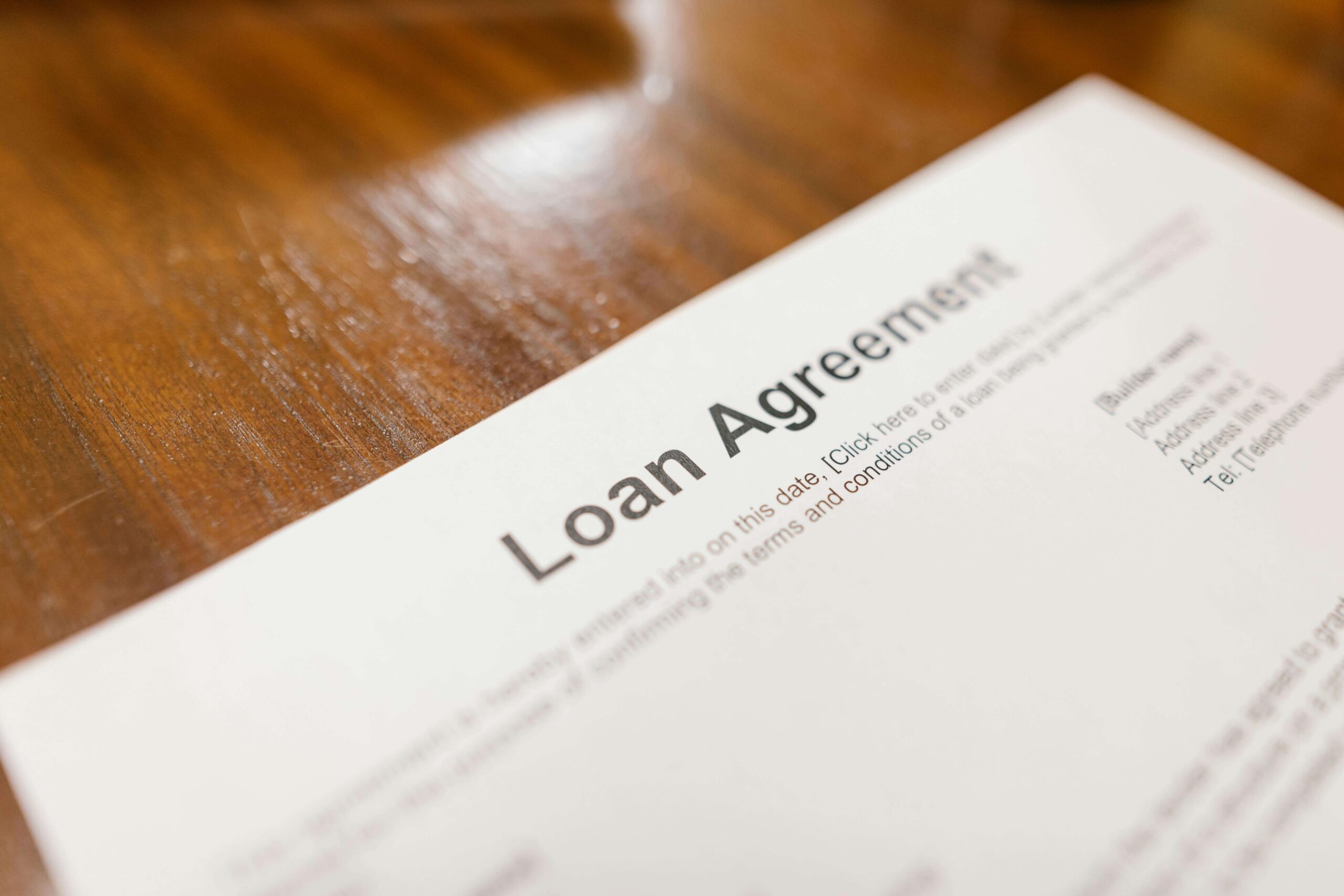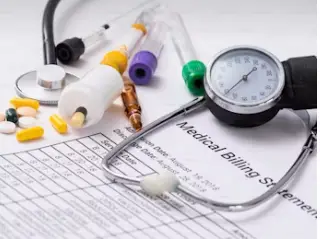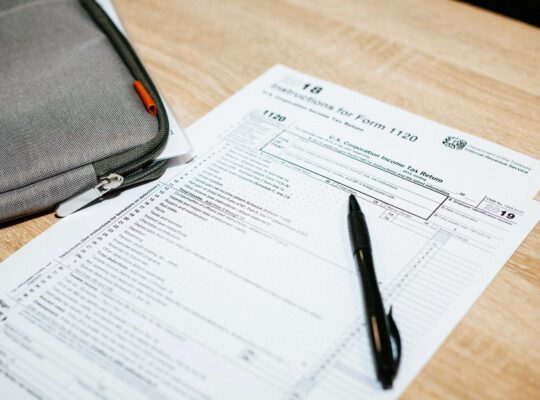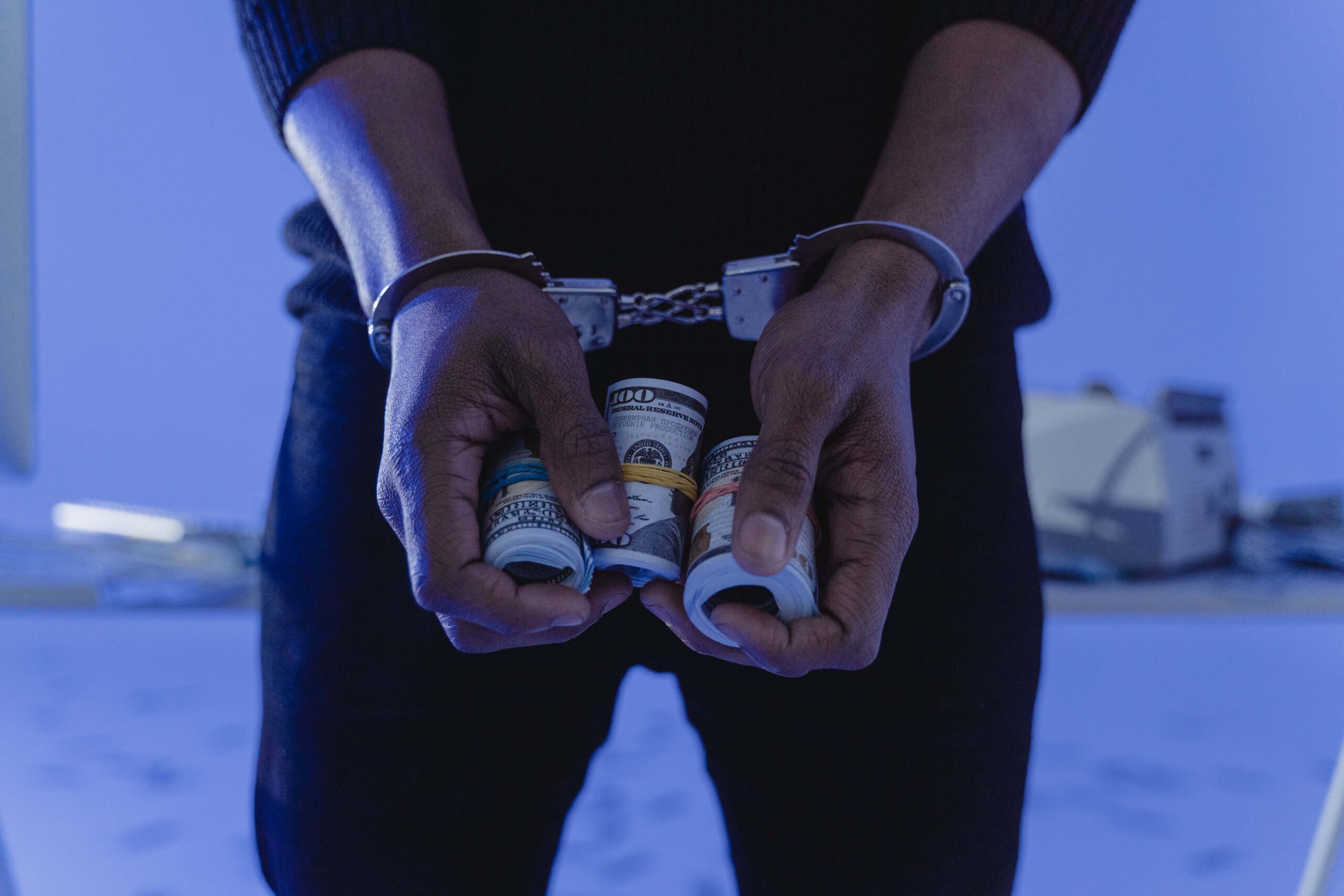Bankruptcy is a word that conjures up images of financial ruin and hardship. Its mention and the act of declaring bankruptcy are often overwhelming besides being a fresh start as one resets the financial situation. But during the process, can personal loans be included in bankruptcy?
Prior to exploring whether it is possible or not, let’s get to define bankruptcy. Bankruptcy is a process in it, a legal process through which people or entities who are unable to repay debts to creditors seek relief from some or all of their debts.
In the United States, it is governed by federal law and designed to give debtors a fresh start while making sure that creditors are fairly treated. Although there are multiple forms of bankruptcy, the ones that are common for individuals are Chapter 7 and Chapter 13.
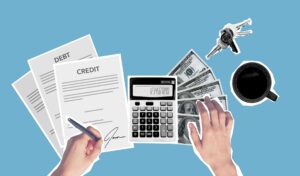
Chapter 7 bankruptcy is also known as “liquidation” bankruptcy and it entails the sale of a debtor’s non-exempt assets by a trustee who then distributes the proceeds to creditors. In most cases, debtors lack major non-exempt assets, hence their debt is simply discharged without any repayment to creditors.
Chapter 13 bankruptcy is also known as “reorganization” bankruptcy. It allows people with a regular income to create a plan to repay all or part of their debts over a three (3) to five (5) year period. The debtor then makes payments to a trustee, who then pays creditors based on the terms of the plan.
Personal Loans and Bankruptcy
Naturally, personal loans are unsecured loans. This means that they are not backed by collateral like a house or a car. The good thing about them is that they can be used for a variety of purposes, including consolidating debt, paying for unexpected expenses, and making major funding purchases.
Related Post: Is a Home Inspection Required for a Conventional Loan
With all these being said, can personal loans be included in bankruptcy? Yes, they can indeed be included in bankruptcy, but how they are treated is dependent on the form of bankruptcy filed. Remember, as said earlier, individual personal loans mainly fall under Chapter 7 or Chapter 13 personal loans. Therefore, in terms of their inclusion, the respective category is put into consideration.
Personal Loans in Chapter 7 Bankruptcy
In Chapter 7 bankruptcy, personal loans are typically discharged, meaning the debtor is no longer legally required to repay them. However, this discharge is subject to certain conditions and exceptions.
- Eligibility for Discharge: Not all personal loans are automatically discharged. To be eligible, the loans must be unsecured and not subject to any of the specific exceptions outlined in the Bankruptcy Code.
- Fraudulent Loans: If the court determines that the debtor obtained the loan through fraudulent means, it may not be discharged. For example, if the debtor provided false information on the loan application or had no intention of repaying the loan at the time it was taken out, the loan may be deemed non-dischargeable.
- Recent Loans: Personal loans taken out shortly before filing for bankruptcy may also be scrutinized. If the debtor incurred the debt within a certain period before filing, the court may determine that the debt was incurred with the intent to discharge it in bankruptcy, and thus, it may be considered non-dischargeable.
Personal Loans in Chapter 13 Bankruptcy
In Chapter 13 bankruptcy, personal loans are included in the repayment plan. The debtor makes payments to a trustee, who then distributes the funds to creditors, including those holding personal loans. At the end of the repayment period, any remaining unsecured debt, including personal loans, may be discharged.
- Repayment Plan: The repayment plan in Chapter 13 bankruptcy must be approved by the court and is based on the debtor’s income, expenses, and the amount of debt owed. Personal loans are treated as general unsecured debts and are paid out of the disposable income remaining after necessary living expenses are covered.
- Priority of Payments: In a Chapter 13 plan, certain debts, such as child support and tax obligations, are given priority over unsecured debts like personal loans. This means that personal loans may only receive partial payment, depending on the debtor’s ability to pay and the total amount of debt.
- Completion of Plan: Upon successful completion of the repayment plan, any remaining balance on unsecured debts, including personal loans, may be discharged, releasing the debtor from further obligation to pay.
Implications for Borrowers
Credit Score Impact
Filing for bankruptcy has a significant impact on a borrower’s credit score. A Chapter 7 bankruptcy remains on a credit report for ten years, while a Chapter 13 bankruptcy stays for seven years. This can make it difficult to obtain new credit, rent an apartment, or even get a job.
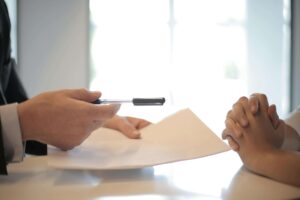
- Initial Drop: Immediately after filing, borrowers can expect a substantial drop in their credit score, often by several hundred points. This reflects the increased risk to potential lenders.
- Rebuilding Credit: Over time, the impact of bankruptcy on a credit score diminishes, especially if the borrower takes steps to rebuild their credit. This can include obtaining a secured credit card, making timely payments on all debts, and keeping credit card balances low.
Legal Protections and Obligations
Bankruptcy provides certain legal protections to borrowers, but it also comes with obligations.
- Automatic Stay: Upon filing for bankruptcy, an automatic stay goes into effect, which stops most collection actions by creditors, including lawsuits, garnishments, and phone calls. This provides immediate relief to the debtor.
- Credit Counseling: Before filing for bankruptcy, debtors are required to complete credit counseling from an approved agency. This helps ensure that they understand the consequences of bankruptcy and explore possible alternatives.
- Debtor Education: After filing, debtors must complete a debtor education course before their debts can be discharged. This course aims to teach financial management skills to prevent future financial problems.
Long-term Financial Planning
Bankruptcy is not an end, but a new beginning. It offers a chance to create a more stable financial future, but it requires careful planning and discipline.
- Budgeting: Creating and sticking to a budget is crucial. This involves tracking income and expenses, prioritizing needs over wants, and avoiding unnecessary debt.
- Savings: Building an emergency fund is essential to avoid falling back into debt. Even a small amount saved regularly can provide a cushion for unexpected expenses.
- Financial Goals: Setting and working towards financial goals, such as buying a home, saving for retirement, or funding education, can provide motivation and direction.
Breakdown of Bankruptcy Process for Personal Loans
To understand how personal loans are managed in bankruptcy, a detailed examination of the entire process, from initial filing to the final discharge of debt, has to be made. Here’s a comprehensive look at the steps involved and key considerations at each stage.
Step 1: Pre-Bankruptcy Planning
Before deciding to file for bankruptcy, it is crucial to assess your financial situation thoroughly. This involves listing all your debts, including personal loans, credit card debts, medical bills, and secured debts like mortgages and car loans. You must also complete a credit counseling session from an approved agency within 180 days before filing for bankruptcy. This step is mandatory and helps ensure you understand your options and the consequences of filing for bankruptcy. Additionally, consider other debt-relief options, such as debt consolidation, negotiation with creditors, or financial management plans, as alternatives to bankruptcy.
Step 2: Filing for Bankruptcy
Once you decide to proceed with bankruptcy, the next steps are hiring an attorney and filing the petition. While it’s possible to file for bankruptcy without an attorney, having legal assistance can help navigate the complexities of bankruptcy law. The bankruptcy petition must be submitted along with required schedules and statements, including information about your income, expenses, debts, assets, and financial transactions over the past few years.
Step 3: The Automatic Stay
Immediately upon filing, an automatic stay goes into effect. This stay halts most collection efforts, including phone calls, letters, lawsuits, wage garnishments, and foreclosures. It provides temporary relief and breathing space for the debtor while the bankruptcy process unfolds.
Step 4: Meeting of Creditors (341 Meeting)
Shortly after filing, you will attend a meeting of creditors, also known as the 341 meeting. During this meeting, a bankruptcy trustee will ask you questions under oath about your financial situation and the information provided in your bankruptcy documents. Creditors may also attend and ask questions, although this is less common.
Step 5: Managing Personal Loans in Bankruptcy
The treatment of personal loans varies between Chapter 7 and Chapter 13 bankruptcy. In Chapter 7, personal loans are typically discharged, but the trustee will liquidate any non-exempt assets to pay creditors. Most unsecured debts, including personal loans, are wiped out unless there is evidence of fraud or other exceptions.

In Chapter 13, personal loans are included in the repayment plan. You make monthly payments to the trustee, who pays the creditors. At the end of the plan period, which usually lasts three to five years, any remaining unsecured debt may be discharged.
Step 6: Completing Required Courses
Before your debts can be discharged, you must complete a debtor education course to learn about financial management.
Step 7: Discharge of Debts
In Chapter 7 bankruptcy, the discharge typically occurs a few months after filing, eliminating most unsecured debts. In Chapter 13, the discharge happens after the successful completion of the repayment plan.
Post-Bankruptcy Life
After bankruptcy, rebuilding your financial life is critical. Start by obtaining a secured credit card, making timely payments, and keeping balances low to rebuild your credit score. Develop a realistic budget that includes all your income and expenses, ensuring you live within your means. Additionally, establish an emergency fund to cover unexpected expenses and prevent future debt accumulation.
Frequently Asked Questions (FAQs)
1. Can personal loans be included in Chapter 7 bankruptcy?
Yes, personal loans can typically be included in Chapter 7 bankruptcy and may be discharged, releasing the debtor from the obligation to repay them. However, exceptions exist, particularly if the loan was obtained fraudulently or very recently before filing.
2. Are personal loans treated differently in Chapter 13 bankruptcy?
In Chapter 13 bankruptcy, personal loans are included in the repayment plan. The debtor makes regular payments to a trustee, who then distributes the funds to creditors, including those holding personal loans. At the end of the repayment period, any remaining unsecured debt, including personal loans, may be discharged.
3. How does filing for bankruptcy affect my credit score?
Filing for bankruptcy significantly impacts your credit score. A Chapter 7 bankruptcy remains on your credit report for ten years, while a Chapter 13 bankruptcy stays for seven years. This can make obtaining new credit, renting an apartment, or even getting a job more difficult. However, the impact diminishes over time, especially if you take steps to rebuild your credit.
4. What protections do I receive when I file for bankruptcy?
Filing for bankruptcy initiates an automatic stay, which stops most collection actions by creditors, including lawsuits, garnishments, and phone calls. Additionally, before your debts can be discharged, you must complete credit counseling and a debtor education course to help you understand the consequences of bankruptcy and manage your finances better.
5. Can all personal loans be discharged in bankruptcy?
Not all personal loans are automatically discharged in bankruptcy. Loans obtained through fraudulent means or incurred shortly before filing may be deemed non-dischargeable. It’s essential to consult with a bankruptcy attorney to understand which of your debts can be discharged.

